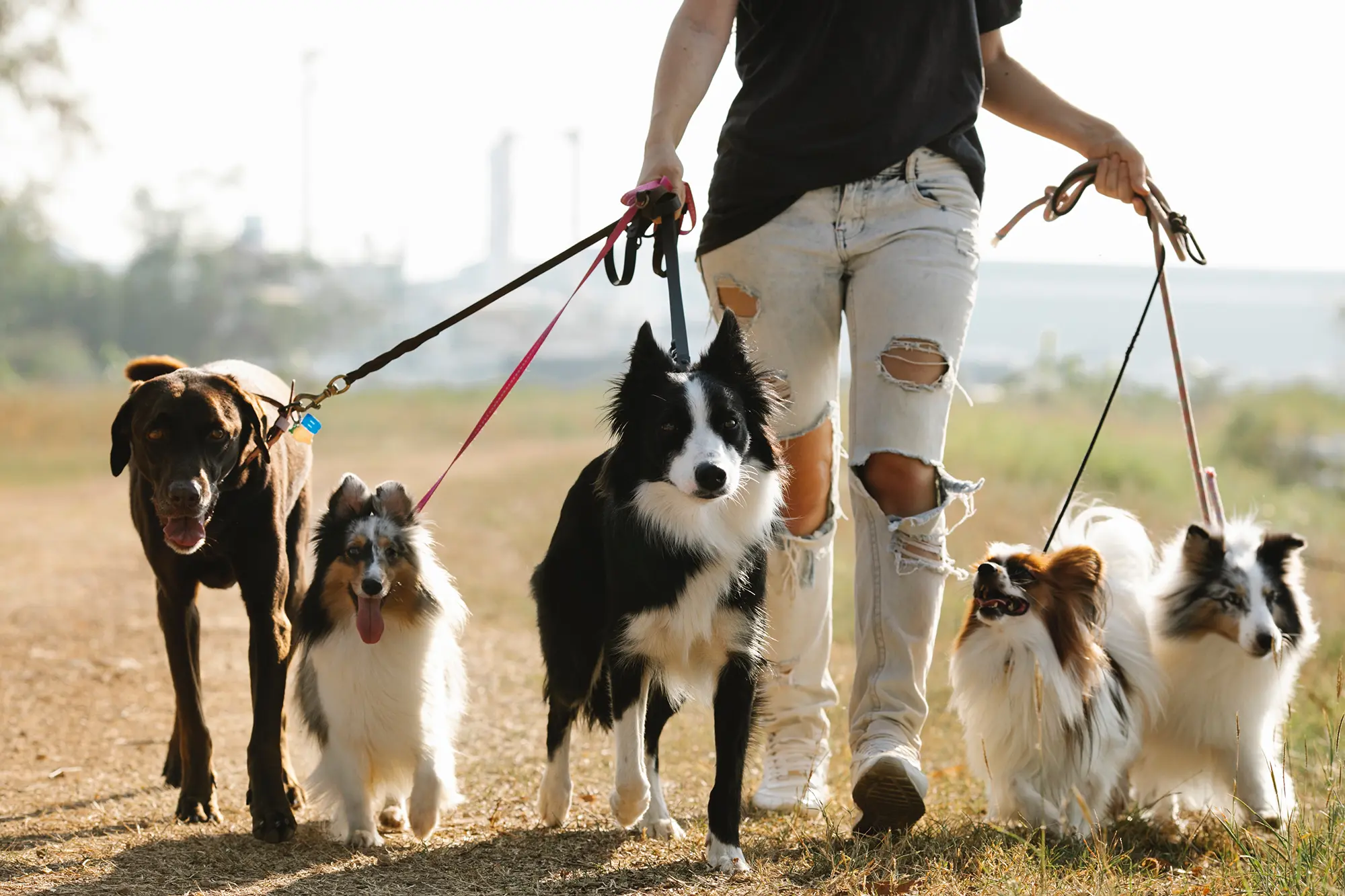do cats have a dominant paw?
Author: PawPots Team
 06 May 2025
06 May 2025
 3 min
3 min Have you noticed your cat always reaches with the same paw? That’s no coincidence! Cats, like humans, can be right- or left-pawed. This is called paw preference, and it’s a quirky but real part of feline behavior.
Let’s explore what it means, how to test it at home, and why it’s more than just a cute habit — it’s a peek into how your cat’s brain works!
What Does “Pawedness” Mean?
"Pawedness" is similar to being left- or right-handed in humans. It describes which paw your cat prefers to use for everyday tasks like:
Swatting toys
Stepping forward
Grabbing treats
Reaching into small spaces
Some cats even use one paw more often when grooming or stretching. Over time, this adds up to a clear dominant paw.
What Research Shows About Cat Paw Preference
Scientists have studied this adorable topic — and the results are fascinating. One well-known study found that about three out of four cats favor one paw over the other.
Even more interesting, it seems that:
Male cats are more likely to be left pawed
Female cats are often right pawed
Still, many cats are ambidextrous, meaning they use both paws equally. Just like people, not every cat follows the trend!
How to Find Out Which Paw Your Cat Prefers
Testing your cat’s paw preference is easy and can be a fun bonding activity. Here are some simple ways to try it at home:
1. Playtime Paw Test
Hold out a toy and watch which paw your cat uses to bat it. Try this multiple times for a clearer pattern.
2. Treat Challenge
Put a treat inside a small container and see which paw they use to fish it out.
3. Step Tracker
Watch carefully when your cat begins to walk. Which paw do they move first? Repeat the observation several times.
After a few days, you’ll probably see a preferred paw emerge.
Why It’s More Than Just Cute
Knowing your cat’s dominant paw might seem like a fun party trick — but it can also offer insight into their brain activity and behavior.
Some studies suggest:
Right-pawed cats may be calmer and more confident
Left-pawed cats could be more cautious or reactive in new situations
This can help you tailor training, games, or even how you introduce your cat to new environments.
Other Animals Have Paw Preferences Too!
Cats aren’t alone. Many animals show a preference for one side of the body:
Dogs can be right or left pawed
Birds, especially parrots, often use one foot more
Horses show lead preferences when walking or trotting
Paw preference is more common in the animal world than we thought!
Final Thoughts
Every cat is different — and their paw preference is just another part of what makes them special. Whether your feline friend is right-pawed, left-pawed, or uses both paws equally, it’s all part of their unique personality.
So next time your cat plays, eats, or walks, keep an eye out — their dominant paw might be trying to tell you something!

Give Back The Love
Show your love to your pets with our high-quality, delicious and healthy meals! Show your love to your pets with our high-
quality, delicious and
healthy meals!






